

We survived Carmageddon II last weekend, so pat yourself on the back now for having made it! Or as I’ve heard others call Carmageddon, the “Rampture.” The I-405 Freeway, from the I-10 to Highway 101, was closed for the second time in 14 months for the Sepulveda Pass Improvements Project, which will add desperately needed carpool lanes to the 405 Freeway. (Though what we really need is better public transit, but I digress)
Metro and elected officials warned us for months—“It’s coming!”
They pleaded with the public—leave your cars at home, stay away from the area, shop, play, and dine locally. As an L.A. native, I’ve had my fair share of moments of being stuck in dreadful traffic, so when they asked that I leave my car at home, I sure did—both last year and this past weekend. And almost every day of the year—for my own sanity and because our city can use one less car on the road.
» Read more about: Carmageddon II : Did You Breathe Better Last Weekend? »


This legislative session brought some exciting victories as well as some deep disappointments. Labor accomplished big things this year that benefit all Californians but when it came to advancing worker protections, many of those bills were vetoed.
Successes:
» Read more about: State Labor Legislation, 2012: Wins and Losses »


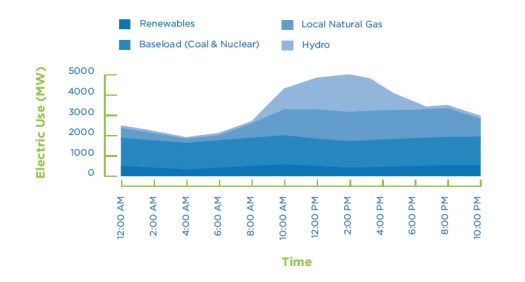 In Los Angeles, the reins of power lie in the hands of a very few. By “power” I mean “electricity,” and there are only a few men and women whose job it is to procure and dispense it. Last week I wrote about the “Magic City,” and all the unseen infrastructure and work that goes into delivering the power and water that we city dwellers usually take for granted. There may be no better example of this unseen work than a certain unremarkable-looking Los Angeles Department of Water and Power building. Inside is a two-story main control room lined with a schematic map of the power system, a 180-degree wrap-around diagram that lights up where there are trouble spots and gives workers a robotic bird’s-eye view of L.A.
In Los Angeles, the reins of power lie in the hands of a very few. By “power” I mean “electricity,” and there are only a few men and women whose job it is to procure and dispense it. Last week I wrote about the “Magic City,” and all the unseen infrastructure and work that goes into delivering the power and water that we city dwellers usually take for granted. There may be no better example of this unseen work than a certain unremarkable-looking Los Angeles Department of Water and Power building. Inside is a two-story main control room lined with a schematic map of the power system, a 180-degree wrap-around diagram that lights up where there are trouble spots and gives workers a robotic bird’s-eye view of L.A.
It is from this nondescript building that the LADWP brings in electricity from all over the American West,
» Read more about: The High Cost of Hot Days: LADWP and Peak Demand »
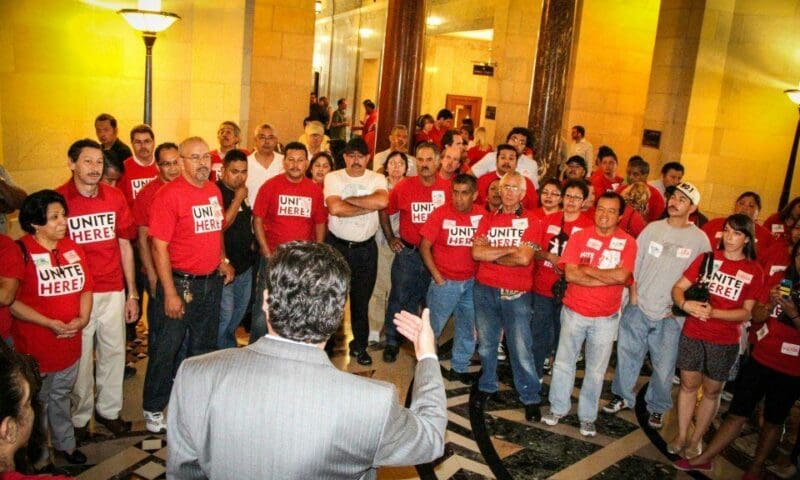
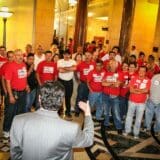
A couple of weeks ago I sat in on a meeting of the leadership of some local hotels. These were not the hotel managers, but the leaders among the workers who clean the rooms, clear the tables, chop the vegetables in the kitchen, vacuum the rugs in the lobby and perform all the other back-breaking tasks that make a hotel comfortable for guests.These people – all from hotels with union contracts – face tough negotiations going into the fall and their workplaces could face serious competition from several proposed downtown hotel projects.
Nearly all these men and women, many of whom arrived wearing the uniforms of their hotels, spoke Spanish. This put me at a serious disadvantage because despite my efforts to learn this beautiful language, I can’t seem to speak it and I can hardly understand the rapid sentences thrown back and forth between people who all know one another and have worked together for years.
» Read more about: Found in Translation: A Union Contract's Strengths »


Two legendary figures — environmental scientist and activist Barry Commoner and historian Eric Hobsbawm — died on Sunday, both at the age of 95. Both changed the way we view the world. Both influenced scholars and activists alike.
Barry Commoner: I posted a tribute to Commoner on the Huffington Post and The Nation. He followed Rachel Carson as America’s most prominent modern environmentalist. He viewed the environmental crisis as a symptom of a fundamentally flawed economic and social system. A biologist and research scientist, he argued in his best-selling books and many articles that corporate greed, misguided government priorities, and the misuse of technology undermined “the finely sculptured fit between life and its surroundings.” He insisted that scientists had an obligation to make scientific information accessible to the general public, so that citizens could participate in public debates that involved scientific questions.
» Read more about: Remembering Barry Commoner and Eric Hobsbawm »


 (The following message from Edward James Olmos is republished from the L.A. County Federation of Labor, AFL-CIO, with permission. The concert mentioned took place Oct. 3.)
(The following message from Edward James Olmos is republished from the L.A. County Federation of Labor, AFL-CIO, with permission. The concert mentioned took place Oct. 3.)
Forgive me, but I’m going to be blunt. Proposition 32, the so called “Stop Special Interest Money Now Act” is a misleading, cynical and unfair attack on working families and labor unions.
That’s why I’m standing with Working Californians and their No on Prop 32 campaign. And that’s why Crosby, Stills & Nash and Tom Morello: The Nightwatchman are joining Working Californians to play a special benefit concert in support of the No on Prop 32 campaign this October 3rd at Nokia Theatre L.A. LIVE. Want to come and join me?
Get your free ticket for the No on Prop 32 concert with Crosby, Stills & Nash and Tom Morello: The Nightwatchman, at the link below:
https://action.truthonprop32.org/concert
The people behind Prop 32 wrote in giant loopholes and created special exemptions to give billionaire CEOs,
» Read more about: Edward James Olmos: Come to the Stop Prop. 32 Concert »

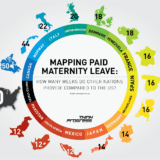
When we found out we were expecting twins in 2005, my husband was a teacher and I worked for a small non-profit. We were overjoyed but anticipated a tight squeeze in our small, two-bedroom apartment, where we lived with our 9-year-old son. We were lucky to live in California, where we could worry more about where to put twin cribs than how we would financially survive my maternity leave. That’s because, in 2002, California became the first state in the country to pass Paid Family Leave (PFL). This benefit has made a huge difference for thousands of families like mine who could not otherwise afford to take time off to bond with a new baby or care for a seriously ill family member.
Cassandra Engeman, author of a new policy brief, “Ten Years of the California Paid Family Leave Program: Strengthening Commitment to Work, Affirming Commitment to Family,” lauds the passage of Paid Family Leave as the first step toward filling a huge gap in public policy.
» Read more about: The Right to Care: State's Paid Family Leave Turns 10 »
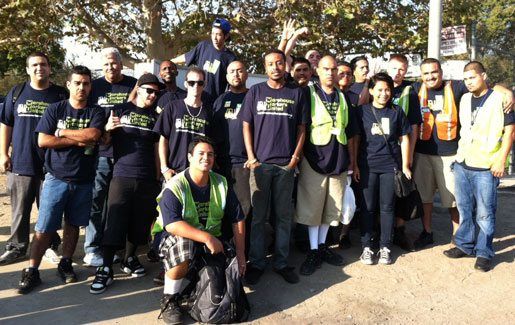
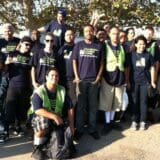
Workers at a Southern California warehouse that moves Walmart merchandise returned to work after a 15-day strike that included a six-day, 50-mile pilgrimage for safe jobs.
By midnight Friday morning, workers from all three shifts at the 24-hour facility returned to work after winning safety improvements on the job and drawing a response from Walmart about poor working conditions in its contracted warehouses.
“We no longer feel like we are working in the shadows,” said Carlos Martinez, a warehouse worker who went on strike and participated in the 50-mile WalMarch from the warehouses in the Inland Empire to Downtown Los Angeles. “We’ve never had this much attention on our working conditions and I have never felt this much support. I feel ecstatic going back to work and proud that we have all stood together as a team.”
Though Walmart initially dismissed workers concerns about conditions on the job as “unfounded,” by the end of the six-day march,
» Read more about: Inland Empire Warehouse Strikers Return to Work »